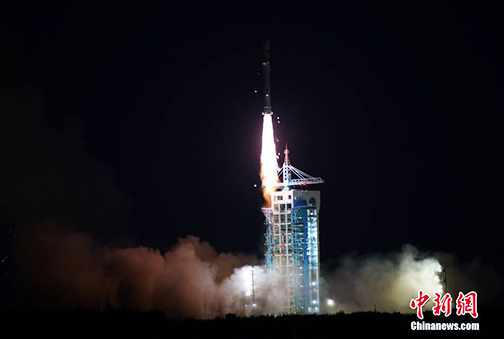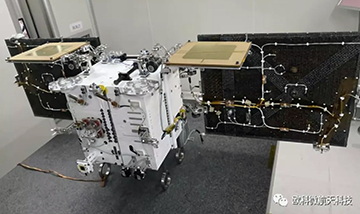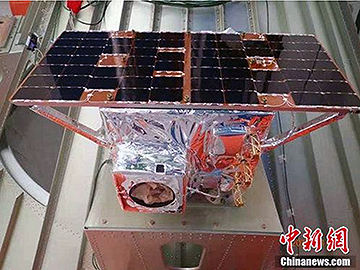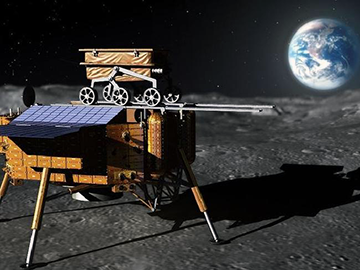
The liftoff of a Long March 2D from Jiuquan Satellite Launch Centre at 23:40 UTC November 19, 2018, carrying Shiyan-6, Jiading-1 and others into orbit. Photo is courtesy of the China News.com.
China continues with their impressive launch schedule — the nation sent Shiyan-6 and four small satellites into orbit late on Monday with the launch of Long March 2D from Jiuquan, marking the country's 34th orbital mission of the year — this article was posted by Senior Editor Andrew Jones at gbTimes.

Journalist
Andrew Jones
The launch occurred at 23:40 UTC Monday (19:40 ET; 07:40 local Tuesday) at the Jiuquan Satellite Launch Centre in the Gobi Desert, sending the satellites into a 500 km. SSO. The main payload was the Shiyan-6 ('experiment-6') satellite, about which little is known; however, the series has previously been linked to surveillance capabilities. Shiyan-7, launched in 2013, caused a stir after it carried out some rather unusual orbital maneuvers. The Shiyan-6 payload was not disclosed before launch and was vaguely described by Xinhua as being for, "conducting space environment exploration experiments."

The Jiading-1 satellite. Photo is courtesy of Space OK.
Jiading-1 (OKW-01) was developed by Shanghai Ok Space Co Ltd., also known as Space OK, with the satellite described as China's first, privately designed, LEO communications satellite. Jiading-1 is based on the company's OKW-Sat-50 satellite platform with a total mass of 45 kg. and is the first satellite for the planned Xiangyun constellation for Internet of Things (IoT) connectivity.

The Tianzhi-1 satellite, developed for testing key technologies of software-defined satellites.
Photo is courtesy of Chinanews.com.
Tianzhi-1 was developed jointly by a number of institutes under the Chinese Academy of Sciences (CAS) and the China Academy of Space Technology (CAST) as a test satellite to be used to verify the key technologies of software-defined satellites. The satellite has a mass of 27 kg., according to China News Service (Chinese), with payloads including a small cloud computing platform and a camera. Tianzhi-2 is expected to launch in the second half of 2019.
The launch also included Tianping-1A and B, both based on the Pina satellite platform which, as was noted by NASA, will be used as accuracy calibration of ground monitoring and control equipment.
The main contractor for China's space program stated at the start of 2018 that the company intends to launch up to 35 times this year and appears on course to get close to that target. Commercial launch companies Expace and Landspace have added to the orbital launch list, though the latter's launch failed, and OneSpace could also make an attempt at reaching orbit before the end of the year.

Artistic rendition of China's Chang'e-4 lunar lander.
The main event for China will be the Chang'e-4 lunar far side lander and rover mission, set to launch in early December. Other launches could include satellites for Saudi Arabia, the Gaofen-7 Earth observation satellite, and Hongyan-1 for a LEO communications constellation.

